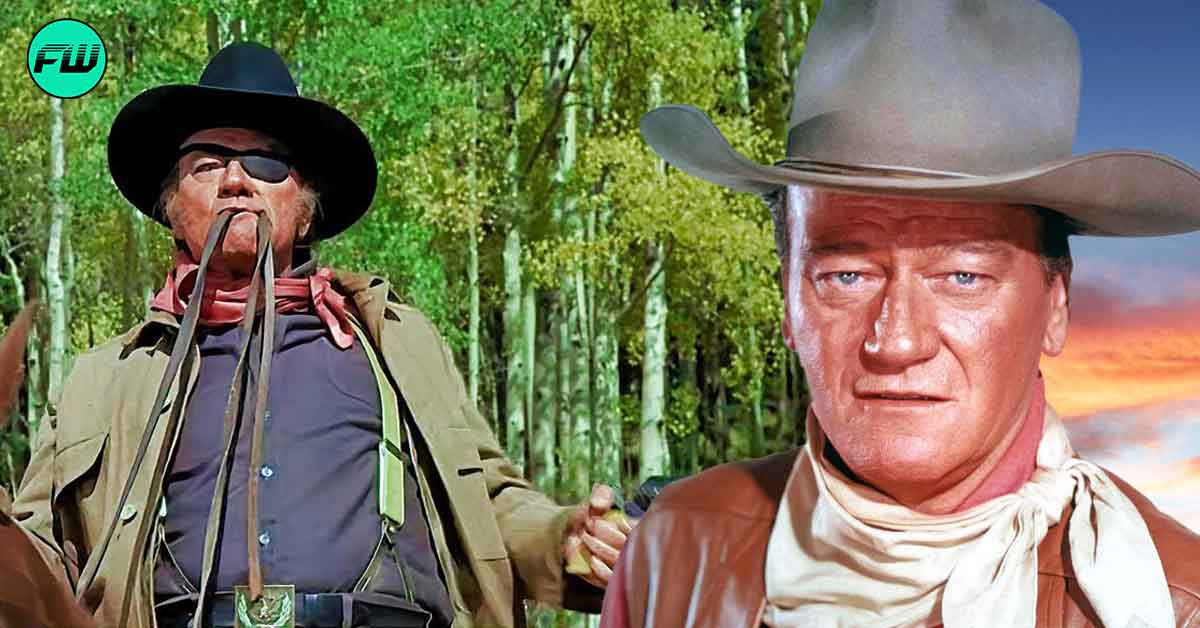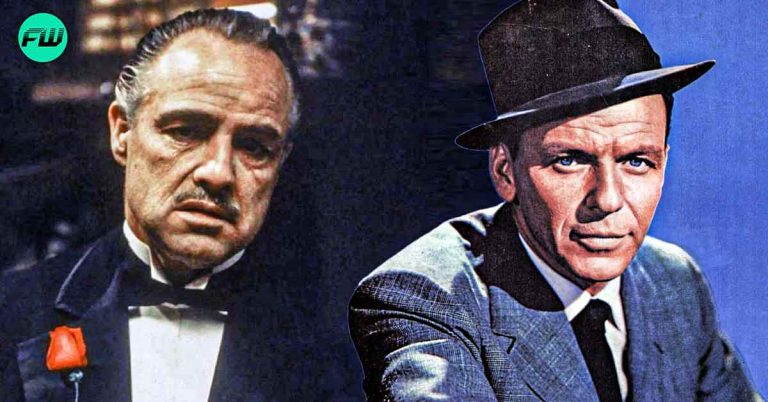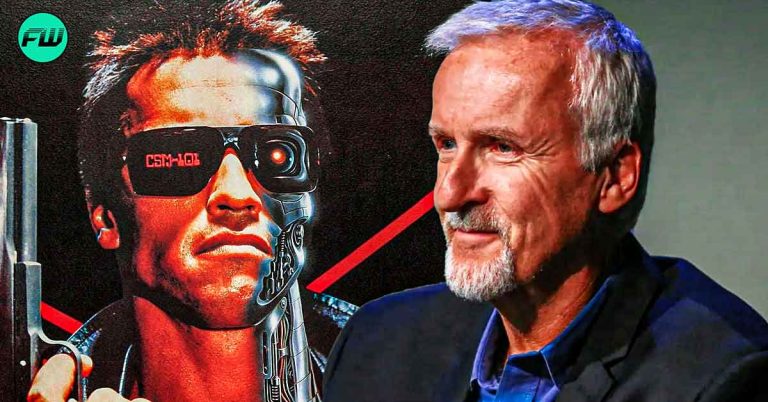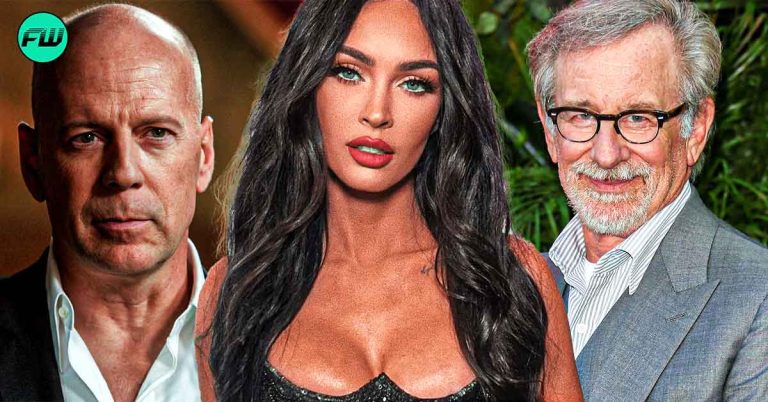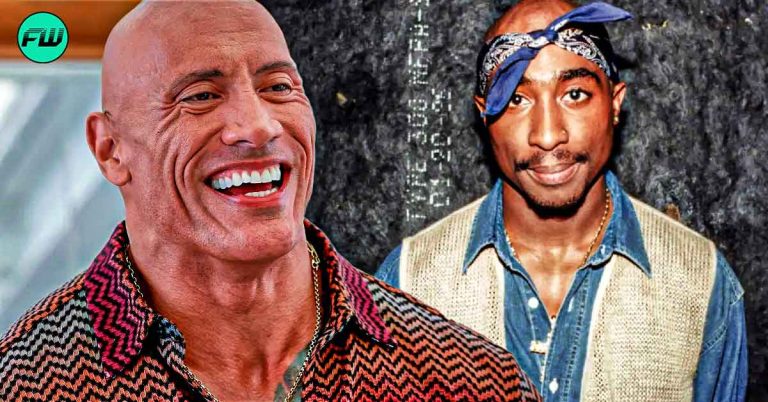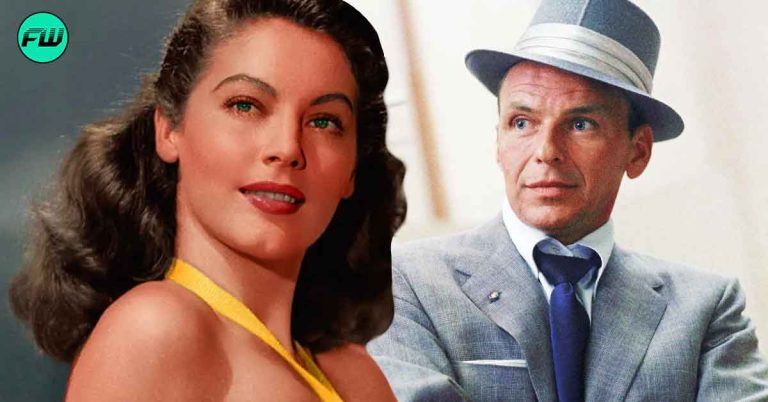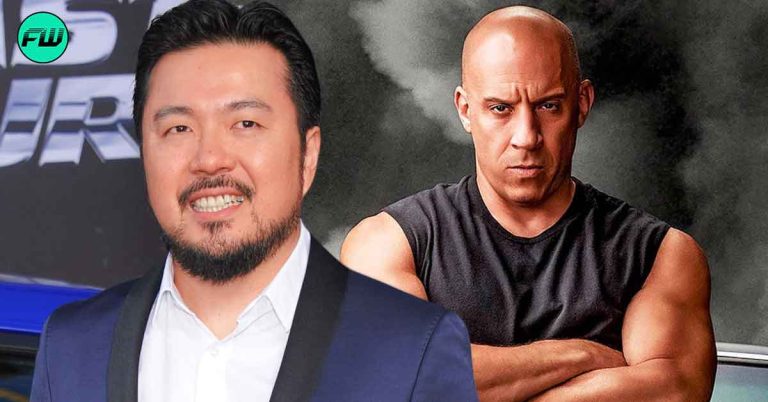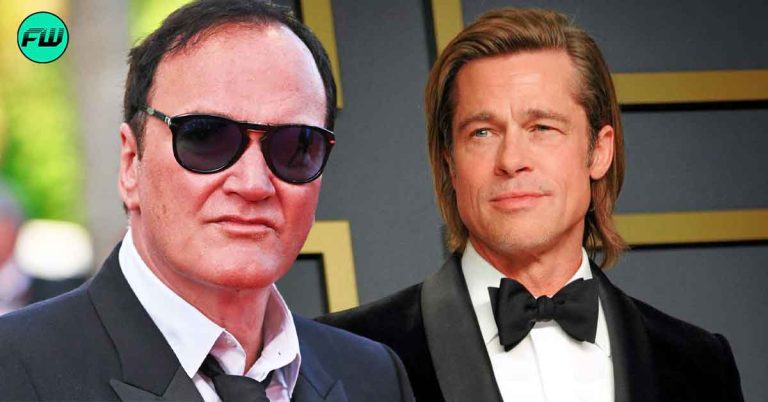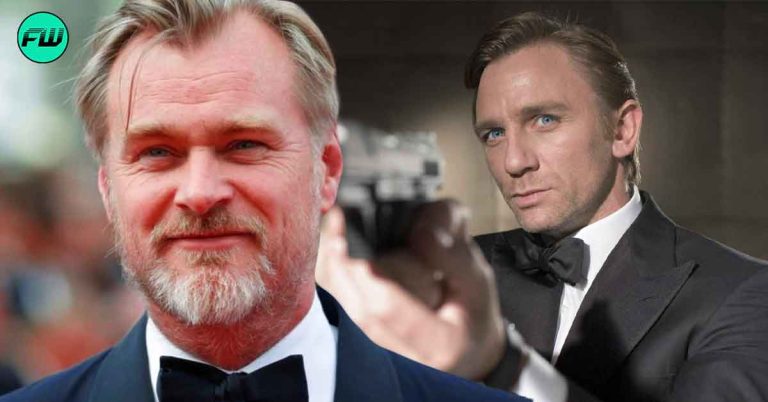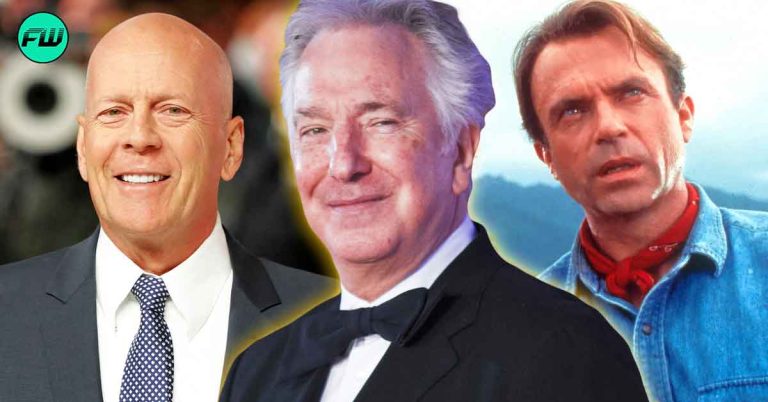Anyone who has gone to acting school is aware that there are many approaches to the craft. While many actors (and actresses) portray tough guys, these actors possess real fighting skills and have spent years honing their craft. Hollywood is home to many legendary figures, but few have had the same impact as the one and only, John Wayne, who passed away on June 11, 1979.
Wayne, who is renowned for his ruggedness and toughness, revolutionized the movie industry in a variety of ways, including with his creative fight scenes. The dirty fighting style of the seasoned actor influenced how movie fight scenes were captured on camera. In the 1930s, the late actor spent a significant amount of time as the lead in ‘Poverty Row’ Westerns, where he developed his on-screen persona and acting technique.
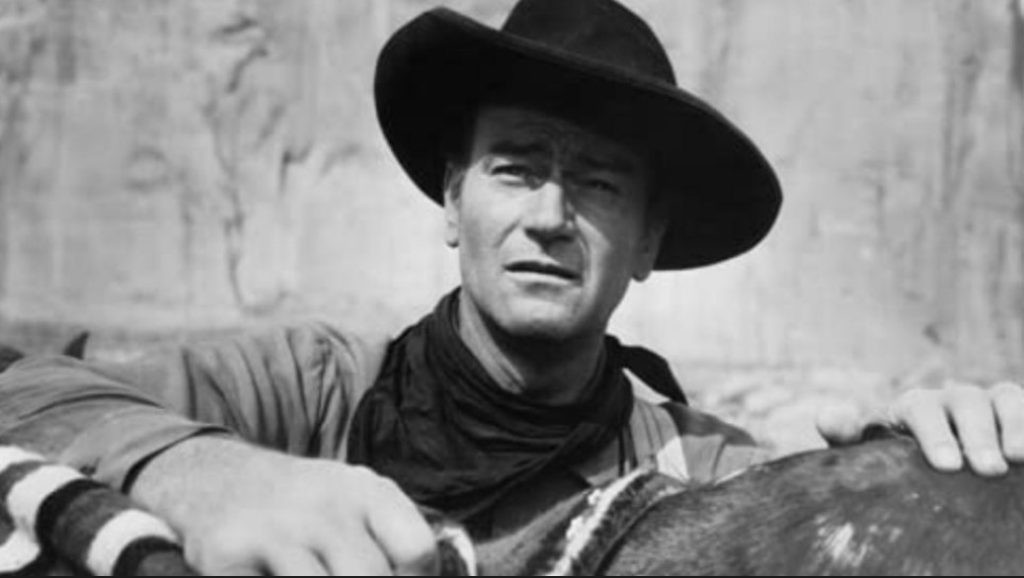
During this time, he also made an appearance in Haunted Gold, his attempt at a horror film. In 1939’s Stagecoach, he finally made it big. And over the years that followed, he rose to become one of the most well-known movie stars in the world.
Also read: John Wayne Humiliated an Entire Superpower After Joseph Stalin Sent KGB Assassins To Kill Him
The Contribution Of John Wayne To Action Movies
Romantic dramas and Biblical epics were just two of the many genres in which John Wayne appeared, but his on-screen persona remained consistent.
Wayne, who starred in around 80 Western films during his lifetime, is one of the iconic figures of a bygone Hollywood era. This also applies to his final performance, in which he played a gunslinger who is about to die of cancer in 1976’s The Shootist. Also, note that he himself had died of stomach cancer in 1979.
Before the John Wayne era, Hollywood fight scenes often featured a close-up of two actors scuffling at each other while using barely covert stagecraft. Even the most spectacular-looking fights lacked the physical impact of a true brawl. But the legendary actor insisted on realism in his fight scenes and made some important adjustments that had a long-lasting impact on the action films.
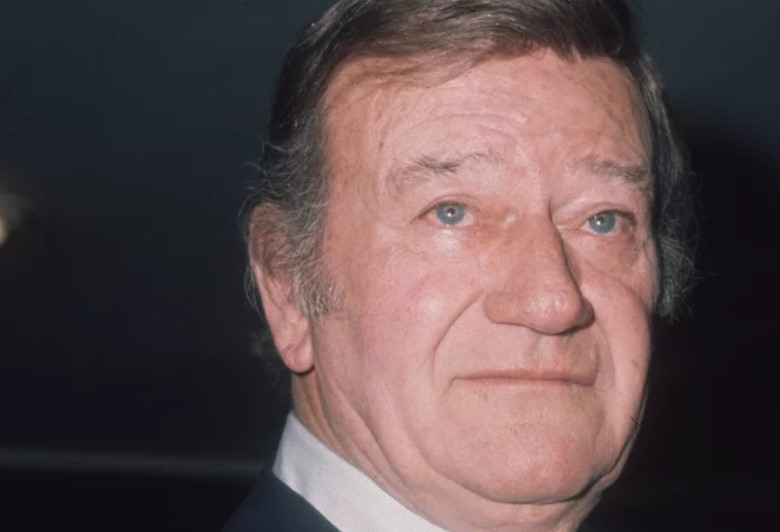
First of all, Wayne’s fight scenes were gritty action scenes that showed actors actually fighting one another in real life. This strategy was a part of his iconic Hollywood persona, which placed an emphasis on toughness (an air of genuine toughness that had never been seen in films).
The late actor brought a sense of authenticity to what would have otherwise been staged and fake because he understood how important it was to not only entertain audiences but also to make them believe in reality.
He once remarked:
“The hero could only knock the villain down politely and then wait until he rose. I changed all that. I threw chairs and lamps. I fought hard, and I fought dirty. I fought to win. This made the fights more believable and his characters less squeaky-clean and more interesting.
Things You Must Know About John Wayne
It quickly became common for Westerns or thrillers to feature their heroes ‘fighting dirty’, as in the bar fight in The Treasure Of The Sierra Madre.
John Wayne adopted this style throughout the majority of his movies in the ’40s and ’50s. And his method of filming fights did help get rid of the previously mentioned cleanness of movie heroes and added a gritty element to screen fights.
Additionally, the actor created a punch specifically made for movies. He would position himself so that he was in front of the camera in such a way that the audience could see the entire action in all its bloody glory.
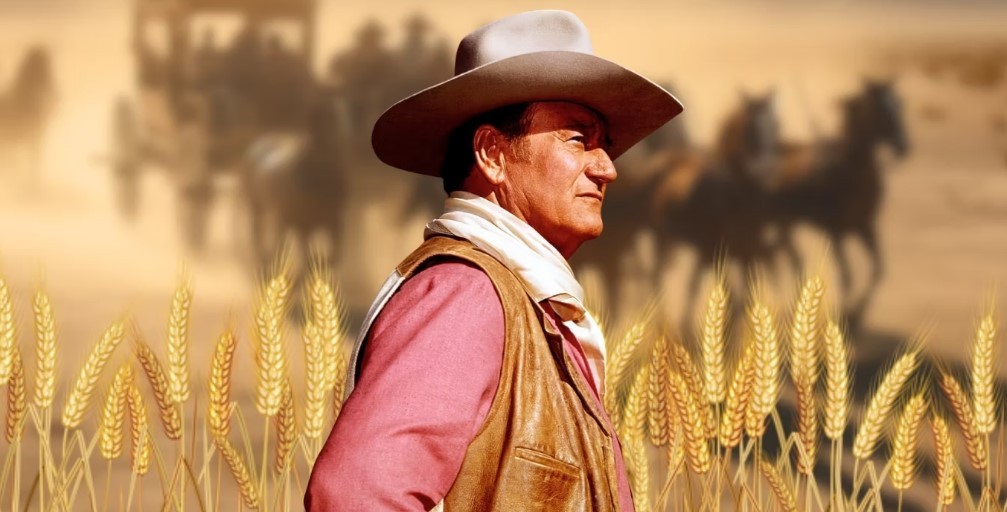
Thus, The Longest Day actor’s innovations in fight scenes are still prevalent in many Hollywood movies, with high-powered, thrilling live-action that feels completely real. He actually served as an inspiration for many filmmakers to use comparable strategies, producing some of the most iconic fight scenes in movie history.
Moreover, he left a lasting impression on the movie industry, which still values realistic fight scenes and authentic action in producing some of Hollywood’s most influential movies.
Source – Lithub

